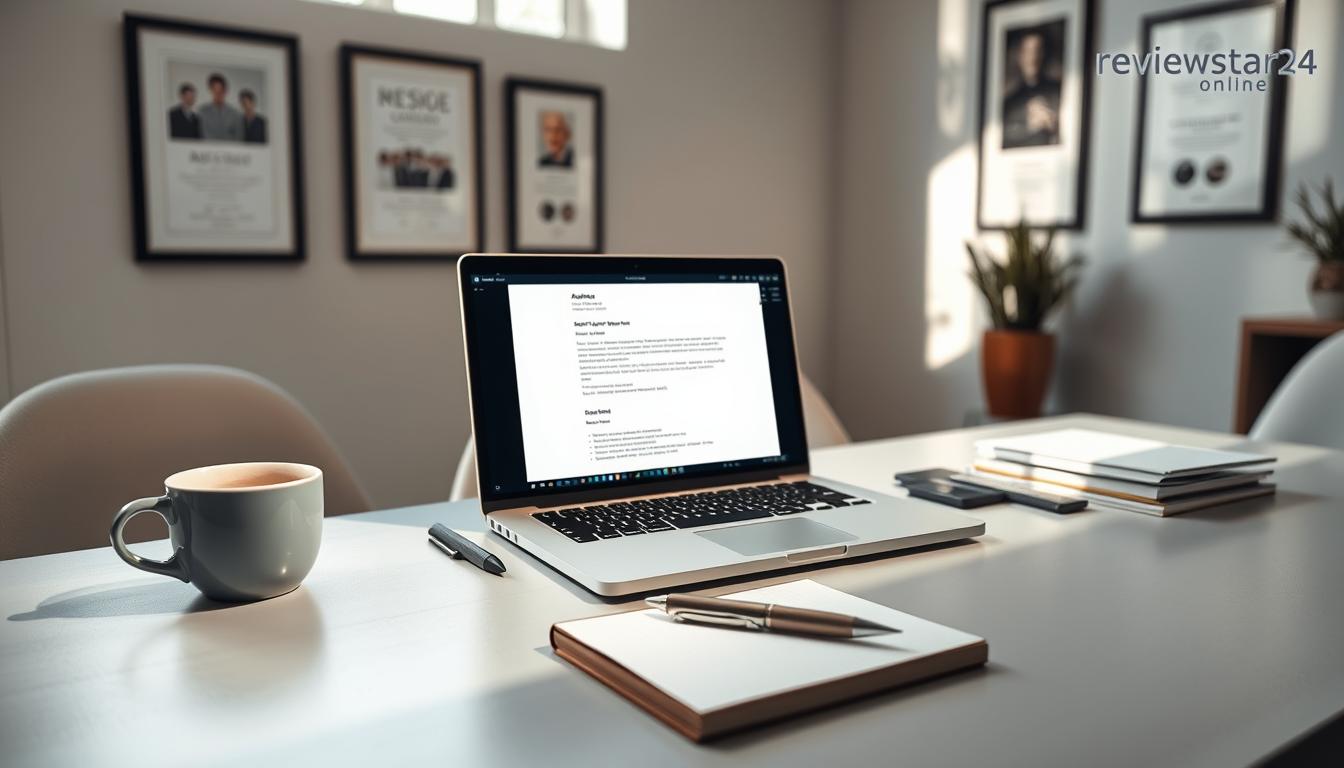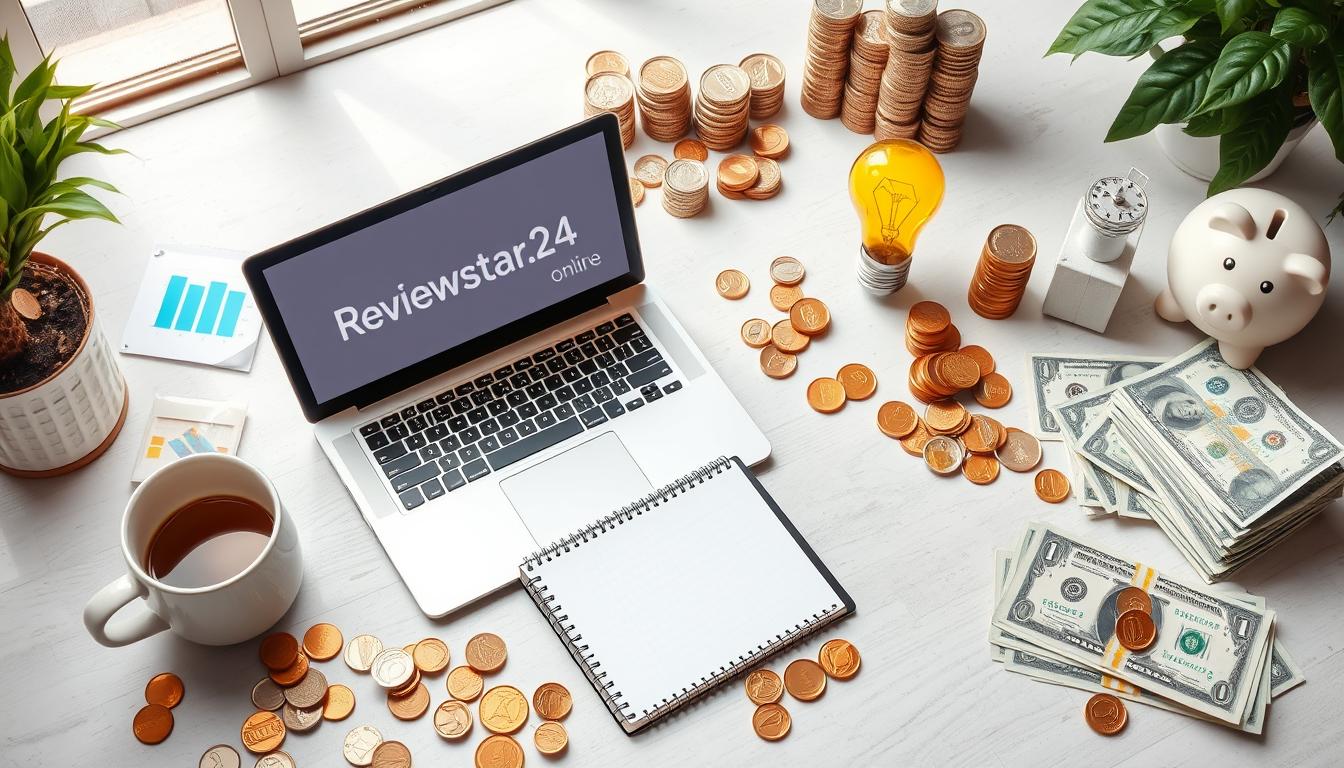How to Write a Professional Email: Essential Tips & Guide
Writing effective professional emails is key in today’s business world. This guide offers top tips and best practices. It helps you communicate clearly, professionally, and with impact. You’ll learn how to avoid mistakes that can harm your image.
Whether you’re emailing clients, colleagues, or partners, this guide will boost your skills. You’ll learn to write emails that are well-structured, thoughtful, and persuasive. These emails will make a great impression on your recipients.
Key Takeaways
- Understand the fundamental components of a professional email
- Implement best practices for email formatting and structure
- Avoid common pitfalls that can compromise the effectiveness of your emails
- Develop a polished, professional tone and writing style
- Leverage email as a powerful tool for business communication and relationship-building
Understanding Professional Email Fundamentals
In the world of email writing, knowing the basics is key for email productivity and looking professional. It’s about the main parts of a business email and how to format it right. Learning these basics can boost your email management skills. It helps you talk clearly with coworkers, clients, and partners.
Key Components of a Business Email
A good business email has a few important parts:
- A clear subject line that shows what the email is about
- A professional greeting like “Dear [Name]” or “Hello [Name]”
- A body that gets your point across clearly and briefly
- A polite closing, like “Best regards” or “Sincerely”
- Your name, job title, and contact info at the end
Professional Email Format Guidelines
Following a professional email format makes your email writing better. It helps your message get across well. Here are some tips:
- Choose a clean font like Arial or Times New Roman, size 10 to 12 points
- Keep the tone right, not too casual or too formal
- Make paragraphs short and easy to read, using space well
- Check your email for spelling and grammar mistakes
- Don’t overdo it with bolding, underlining, or different font sizes
Common Email Writing Mistakes to Avoid
To stay productive and look professional, avoid these common mistakes:
- Subject lines that are unclear or vague
- Long, confusing messages
- Using language that’s not professional
- Not proofreading and editing your emails
- Missing important info or attachments
By knowing these basic email writing rules, you can improve your email management skills. This helps you communicate better at work.
Professional Email Writing Best Practices
Writing effective professional emails is key in today’s fast-paced world. Mastering professional emailing can improve your communication and productivity. It also helps you make a strong impression on colleagues and clients. Let’s look at some email best practices to make your effective emails stand out.
Begin with a clear and concise subject line. It’s the first thing your recipient sees. Make it informative and grab their attention. Avoid vague subjects and tailor it to your email’s purpose.
Next, write an engaging opening sentence. It sets the tone and should interest the reader. Use a friendly yet professional tone. Personalize your greeting to connect with your audience.
Organize your email with clear sections or paragraphs. Use clear and concise language to get your point across. Avoid jargon and aim for a professional yet accessible tone.
- Keep a consistent and proper tone in your email.
- Use proper salutations and closings, like “Dear” or “Best regards,” for a professional look.
- Proofread your email to catch any spelling or grammar errors.
- Keep your email length concise. Long emails can be hard to read.
| Best Practices | Examples |
|---|---|
| Clear and Concise Subject Lines | Project Update – Q3 2023 |
| Engaging Opening Sentences | I hope this email finds you well. I’m writing to follow up on our previous discussion about the upcoming project launch. |
| Appropriate Salutations and Closings | Dear [Recipient’s Name], Best regards, [Your Name] |
By following these email best practices, you can write professional emails. These emails will not only convey your message well but also leave a positive impression on your recipients.
Conclusion
In today’s fast-paced business world, writing professional emails is more important than ever. We’ve covered the basics of email professionalism and the best practices to improve your business communication. This guide has shown you how to make your emails stand out.
Keeping up with email etiquette and following industry standards is key. It helps build strong professional relationships and shows you’re polished. By using the tips from this article, you can send clear messages, gain trust, and show your expertise in email professionalism and business communication.
Keep working on your email writing skills. Remember, being consistent and always looking to improve is crucial. Check your email habits, ask for feedback, and use the strategies we’ve shared. Professional email writing can lead to new opportunities and boost your career.
FAQ
What are the key components of a professional email?
A professional email has a clear subject line and a proper greeting. It has a structured body that gets your point across. And it ends with a closing, your name, and how to reach you.
How should I format a professional email?
Format your email with a clear font and short paragraphs. Align text to the left and keep spacing even. This makes your email easy to read.
What are some common mistakes to avoid in professional email writing?
Don’t use too casual language or make spelling mistakes. Avoid adding too much detail and always proofread. Also, think before replying all or forwarding.
How can I write effective subject lines for professional emails?
Make your subject lines short, clear, and relevant. Skip vague subjects and include important details. This grabs the reader’s attention.
What is the appropriate tone and language to use in professional emails?
Keep your tone polite and respectful. Use formal language and avoid slang. Tailor your style to the recipient and the email’s context.
How can I improve my email management and productivity?
Set aside time for emails and organize your inbox. Prioritize and respond quickly. Also, focus on your message without distractions.
What are some best practices for professional email etiquette?
Reply fast and keep your tone professional. Be careful with reply all and use proper signatures. Respect privacy and confidentiality in your emails.




